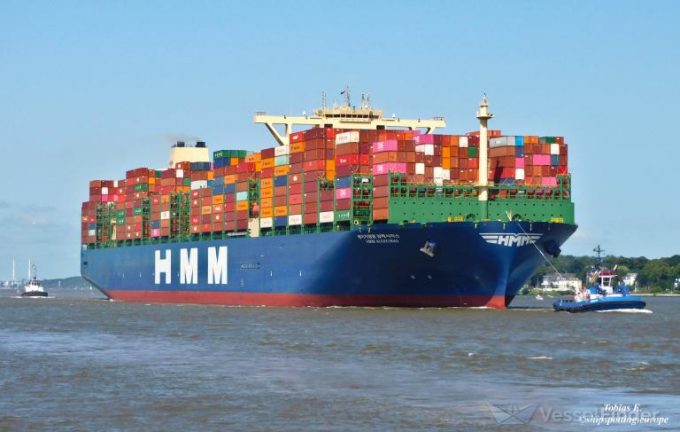CMA CGM's $20bn US pledge: all fur coat and no knickers
Is Macron at the helm?

With Asia-South America ocean freight rates at an 18-month high of around $4,350 per 40ft, mainline operators have been adding ships and calls to their services.
HMM told The Loadstar that from 26 May, it would add another Brazilian port of call, Rio Grande, to its Far East-India-Latin America (FIL) service, while omitting Buenos Aires in Argentina and Montevideo in Uruguay. In Rio Grande, the ships will call at the Tecon terminal.
Thereafter, FIL will call ...
Amazon pushes into LTL for small package fulfilment and UPS does a u-turn
New senior management for DSV as it readies for DB Schenker takeover
Volumes set to 'fall off a cliff' as US firms hit the brakes on sourcing and bookings
Asian exporters scramble for ships and boxes to beat 90-day tariff pause
Temporary tariff relief brings on early transpacific peak season
'Tariff madness' will prompt renegotiation of ocean shipping contracts
Response to tariffs by Chinese importers may see extra costs for US shippers
Forwarders 'allowing the fox into the chicken run' by supporting 'hungry' carriers

Comment on this article